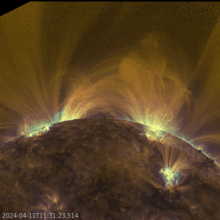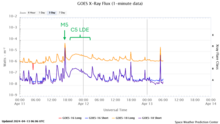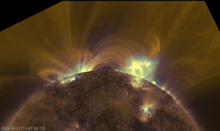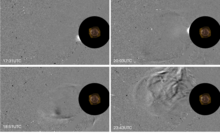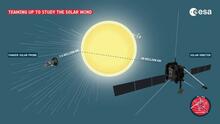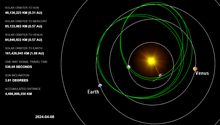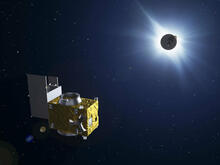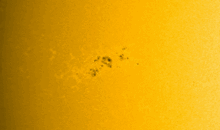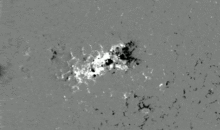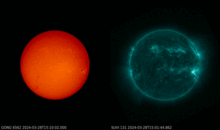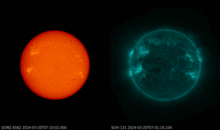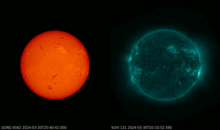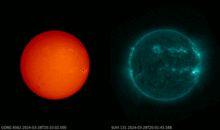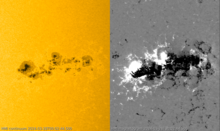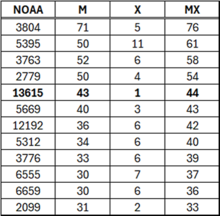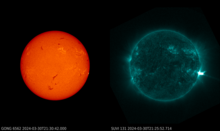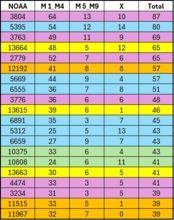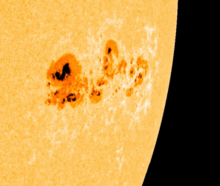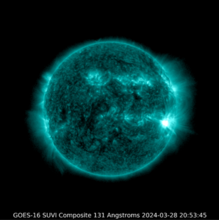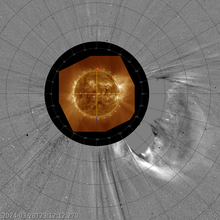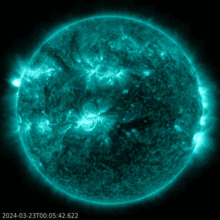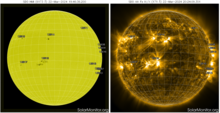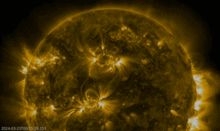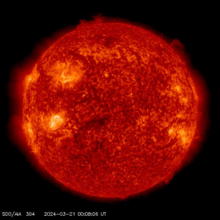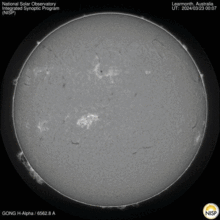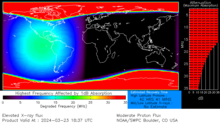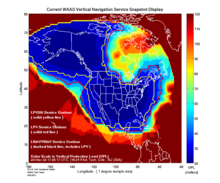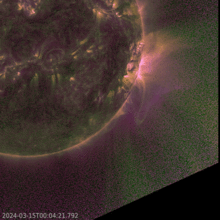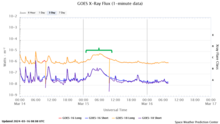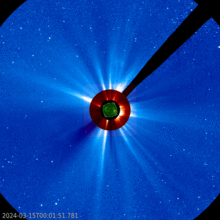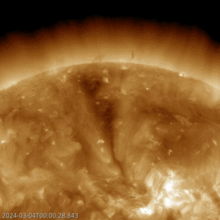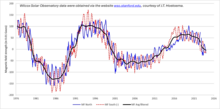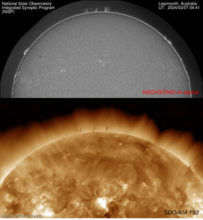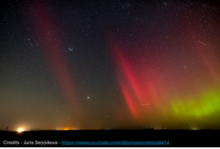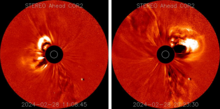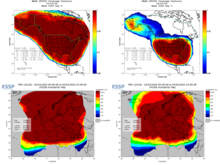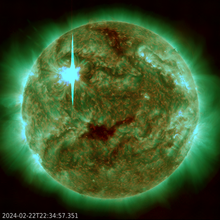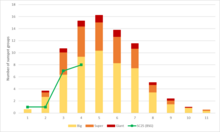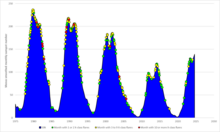news
Submitted on 2024-04-15
A spectacular eruption took place on the Sun's farside on 11 April. The associated coronal mass ejection was not earth-directed.
Submitted on 2024-04-12
April 8 2024, the Sun and the Moon did their peek a boo trick. People in North America could see the Moon sliding in front of the Sun catching a glimpse of the solar corona with their own eyes. We were there.
Submitted on 2024-04-05
On 8 April 2024, a large part of the United States and Mexico will experience a total solar eclipse. Also at the STCE in Belgium, all eyes will be on the Sun. Three satellite instrument teams are preparing for unique, yet complementary, eclipse observations.
Submitted on 2024-04-02
Active region NOAA 13615 was one of the larger sunspot groups so far this solar cycle. During its transit, it produced 1 X-class flare and 43 M-class flares, the latter is an exceptionally high number.
Submitted on 2024-03-28
NOAA 3615 produced its first X-class flare late on 28 March. ***UPDATE: The associated CME has no earth-directed component.***
Submitted on 2024-03-23
A long-duration X1 flare was associated with the strongest proton event so far this solar cycle, as well as with an earth-directed full halo CME. UPDATE: The ICME arrived shortly after noon on 24 March, sparking a severe geomagnetic storm.
Submitted on 2024-03-18
Active region NOAA 3599 had already rotated over the Sun's west limb when it produced a spectacular long duration C-class flare.
Submitted on 2024-03-11
The polar field reversal on the Sun is ongoing, but it is not completed yet as testified by observations.
Submitted on 2024-03-05
A moderate geomagnetic storm was observed on 3 March. Polar lights were photographed as far south as mid-England and Lower Saxony in Germany.
Submitted on 2024-02-27
So far this solar cycle, NOAA 13590 is the largest sunspot group and it has produced the strongest solar flare. Some perspective.
Pages
Zircon - This is a contributing Drupal Theme
Design by
WeebPal.

